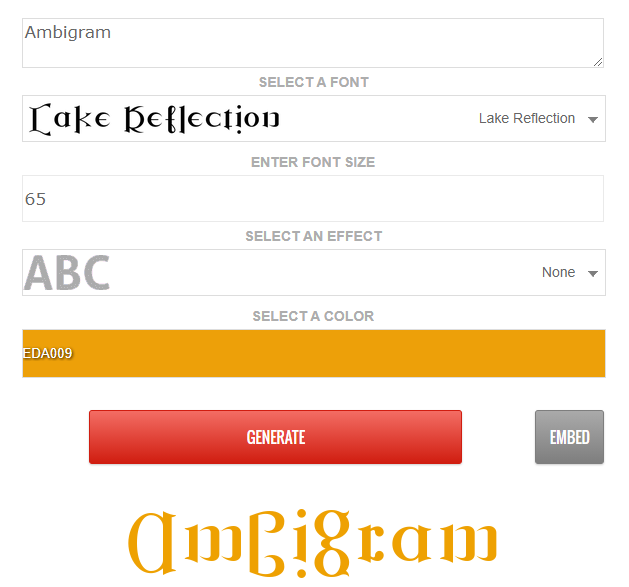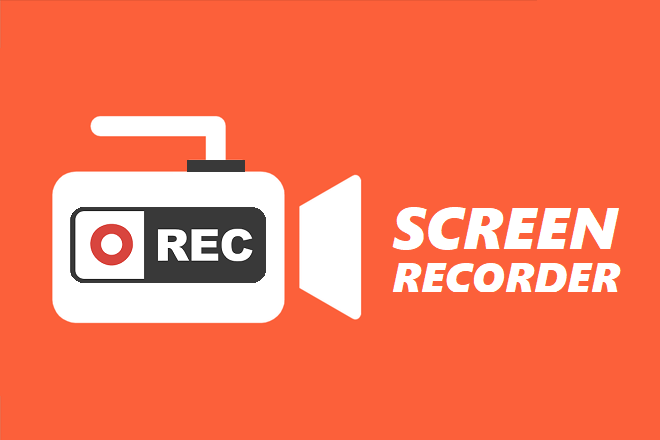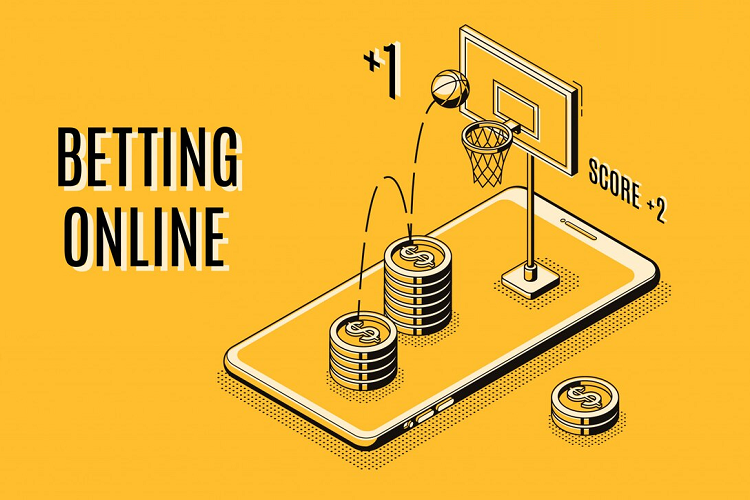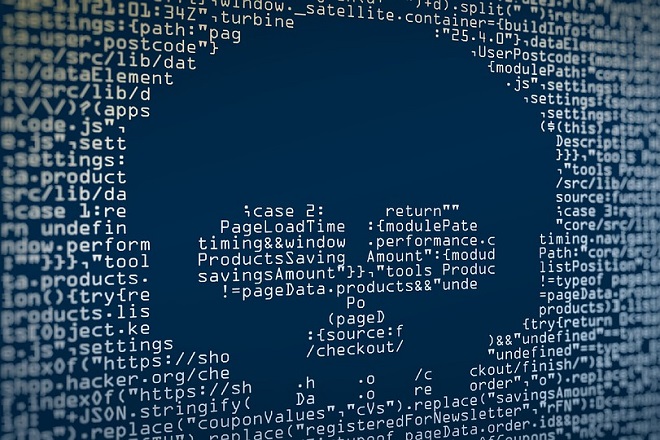Electronic Medical Records (EMR) has become essential to accurate, timely, and patient-centered medical recordkeeping in today’s healthcare system. The management of patient data by physicians has advanced considerably with the switch from conventional documents to digital electronic medical records (EMR).
The essential features of EMR, as well as their advantages, disadvantages, and revolutionary effects on the healthcare sector, are examined in this introduction. A patient’s complete medical history, diagnosis, prescriptions, treatment plans, dates of immunizations, allergies, radiological pictures, and laboratory test results are all recorded in an electronic medical record. Because EMR lowers the possibility of mistakes resulting from inadequate or illegible handwriting, patients benefit from greater safety.
By providing patients access to their information and facilitating safe communication with their healthcare professionals, they additionally allow people to play a greater role in their treatment. EMR and EHR combines diagnostic information from imaging tests, reports from laboratories, and other sources to give a comprehensive picture of a patient’s health.
Prescription errors are avoided and proper prescription is ensured with a comprehensive record of all previous and present drugs, doses, frequencies, and supplying doctors.
Overview Of Electronic Medical Records
An electronic healthcare record (EMR) is a computerized representation of a patient’s paper document that includes a full history of the patient’s health, diagnoses, prescriptions, plans of care, dates of immunizations, allergies, and results of lab tests. This review explores the main elements, advantages, difficulties, and consequences of electronic medical records in contemporary healthcare systems.
The recording, storing, and retrieving of information about patients has been entirely altered by electronic health records that have completely changed the healthcare sector. Important patient data, including demographics, contact details, insurance information, and emergency contacts, are contained in the EMR.
provides full documentation of a patient’s health history, including past diseases, operations, prescription medications, hay fever, and relative medical history. Electronic Medical Records (EMR) record all interactions with healthcare practitioners, including visit notes, diagnoses, treatment plans, and directions for follow-up.
What Are Electronic Medical Records (EMR)?
Electronic medical records have transformed the management, access, and communication of patient data and are now a crucial component of contemporary healthcare. We go into the fundamentals of EMR in this extensive overview, going into its definition, essential elements, advantages, drawbacks, and revolutionary effect on healthcare delivery.
Understanding Electronic Medical Records (EMR)
Electronic medical records constitute the digital counterparts of conventional paper-based medical charts. These electronic records contain an individual’s whole health history, evaluation, drugs, therapies, date of vaccinations, allergies, blood test results, and more. Unlike documents, Electronic Medical Records (EMR) are stored on secure computer networks and are available through them.
Assessment and Plan
- Non-pharmacological: Promote changing activities and making ergonomic changes at work.
- Pharmacological: Keep taking acetaminophen on a PRN basis and think about using short-term NSAIDs if discomfort continues.
- Follow-up in two weeks to evaluate therapy response.
- Referring someone to physical therapy for pain relief and strengthening activities.
- Instruction is given on back wellness and safe handling procedures.
The best electronic health records software has completely transformed patient care by introducing a human element to the otherwise computerized world of healthcare. The transition from traditional paper records to electronic medical records (EMR) has not only increased efficiency but also personalization in this age of rapid technological innovation.
An electronic medical record (EMR) acts as a patient’s electronic home, keeping not just their medical records but also the soul of their journey through health and sickness.
The ease with which we may get a patient’s records is among the most consoling benefits of electronic medical records. We can find out about someone’s family history, prior medical histories, and even their favorite pastimes with just a click, instead of having to rummage through piles of paperwork. Not only does this speedy access save time, but it also enables us to give personalized, considerate service.
The way that EMR unites us is another great inclusion of them. Many hands play a role in a patient’s journey, including physicians, nurses, and specialists. Electronic Medical Records (EMR) make sure we’re all playing from the same sheet of music. Every note or, in this case, every medical update combines to form a harmonic picture of the patient’s condition, much as in a symphony.
EMR is similar to a patient’s guardian angel. Important information, such as allergies and prescriptions, is always readily apparent thanks to the digital format. Because their care team takes care of matters, they will make fewer errors and have more tranquility of mind. Medication notifications serve as gentle reminders to patients to ensure their safety and well-being.
An online electronic medical records system offers tremendous potential that goes outside the routine of patient care. By combining de-identified data, we may discover a great deal about health patterns, the most effective therapies, and ways to advance the medical field. Every data point is a fresh discovery just waiting to be made, similar to as you gaze at the stars in the sky.
AI-powered voice recognition technology is yet another revolutionary development. Healthcare personnel can voice their notes straight into the system, which reduces the need for manual data input and saves important time. This hands-free method ensures that every piece of a patient’s tale is correctly recorded while simultaneously accelerating documentation and reducing mistakes.
Why EMR is Important?
EMR are essentially more than just digital records; they’re evidence of our commitment to and care for our patients. They help us become closer so that healthcare is about more than simply procedures and diagnosis it’s about comprehension and human connection. EMR allows us to see people’s experiences, hardships, and victories rather than simply charts.
Recent developments in electronic medical records in healthcare technology have elevated human-centered improvements to a new level in the healthcare industry. EMR has developed into more than simply digital systems; they now represent a kind approach to medical care that prioritizes effectiveness, security, and involvement of patients.
The incorporation of artificial intelligence (AI) and machine learning (ML) into EMR systems is one of the most interesting developments. Consider EMR that does more than just save patient data; they also analyze it to forecast future problems and developments in health.
This implies that medical professionals may deliver individualized treatment approaches, identifying issues early and enhancing results. It helps physicians and nurses accurately predict and respond to patient requirements; it’s like having a virtual assistant in the EMR.
The most recent EMR upgrades place a high priority on smooth communication between various healthcare settings. Imagine if a patient’s medical history follows them everywhere they get care, without any hassles.
Because of this interoperability, healthcare providers, specialists, and hospitals may readily access and exchange data, improving care coordination and minimizing treatment gaps. This connectivity can save the lives of people with complicated medical demands.
At their core, the latest advancements in EMR technology represent a shift in the delivery of healthcare services. They stand for a commitment to efficiency, accuracy, security, and most importantly, empathy. These days, electronic medical records system are more than just electronic records; they are caregivers that support healthcare providers in giving personalized, compassionate care to patients.
EMR security has always been a major issue, and the most recent upgrades show this by including strong patient privacy protections. Multi-factor authentication and advanced encryption protect sensitive data from online dangers. Patients who trust their information to these security elements and healthcare professionals who handle sensitive data regularly should rest easy.
The most recent improvements to the EMR also put patients first. Patients may now examine test results, prescription lists, and forthcoming appointments from their online portals, giving them right away knowledge of their health information. Patients feel more like partners with their doctors and nurses when they can take part actively in their treatment.
Challenges in EMR Data Sharing
EMRs have transformed how healthcare providers store and access patient information. They simplify data access, tracking medical history, and enhancing patient care. But sharing this data among healthcare organizations is a major challenge. Data sharing is crucial for coordinated and efficient care, but faces obstacles that hinder its effectiveness.
1. Interoperability Hurdles
Consider EMR systems as disparate languages attempting to converse with one another. It’s like having a conversation filled with misunderstandings all the time as they are unable to comprehend one another. Medical records become dispersed as a result of the lack of a consistent language for information exchange, which may have an impact on the care patients get.
2. Privacy and Trust Concerns
Can you imagine sharing with somebody you hardly know the most intimate stories? Patients who disclose their health information experience an identical feeling of vulnerability. They are concerned about how and by whom their data will be used. Healthcare practitioners must carefully strike a balance between protecting patient privacy and fostering trust with the need for data to improve treatment.
3. Consent Dilemmas
Authorizing the sharing of EMR data may be compared to approving who can read your journal. Patients are curious about who will have access to and how their data will be utilized to guarantee that patients feel comfortable sharing their health information.
4. Data Accuracy Challenges
Try figuring out a problem that has some missing components. Misunderstandings or even improper treatment plans may result from lacking or incorrect data in shared electronic health records. To give the greatest treatment possible, it is essential to make sure the data provided is correct and comprehensive.
Solutions for EMR Data Sharing
EMRs have changed how healthcare providers store and access patient information. They make it easier to track progress and make informed decisions. But, sharing EMR data is a major challenge for healthcare providers. This can cause delays, higher costs, and risk to patients. Let’s discuss the possible solutions for EMR data shating.
1. Speaking the Same Language
Using global translators, or standardized forms and procedures, is the goal of systems for healthcare. It’s as if at last we have found a common language that all electronic medical record systems can utilize to easily understand and share data.
2. Building Trust Through Security
Just as we lock the doors to protect our belongings, medical facilities protect and secure patient data with restricted access. This builds confidence in patients by telling them that their data is safe and available only to those who need it.
3. Empowering Patients
Envision patients as the creators of their narratives. Giving individuals authority over who may access their “diary” through transparent consent procedures enables patients to take an active role in their healthcare process. They are now the writers of the tale, not simply the subjects.
4. Quality Assurance as a Team Effort
Envision a group of editors to make sure a book is flawless. Similar procedures are used by hospitals to guarantee the accuracy and completeness of shared EMR data. This guarantees the accuracy and validity of the “story” about the well-being of a patient.
5. Guiding the Way with Intermediaries
Certain solutions serve as links or intermediaries between several EMR platforms. By aiding in the translation of the data, these platforms facilitate EMR data sharing while upholding patient privacy and choices.
6. Training for Understanding
Healthcare workers receive training on the best methods for sharing information, just as we are taught to travel new roads. By doing this, they may use EMR systems with confidence, protecting patient privacy and guaranteeing correct data entry.
Healthcare providers may enhance EMR data sharing with a more polite personal touch by thoughtfully addressing these problems.
An approach to exchanging patient information that is more linked and compassionate is made possible by increased interoperability, heightened security, transparent permission procedures, trustworthy data governance, intermediate platforms, and continuous education.
In this manner, the people behind the data, their needs, stories, and general well-being remain the major emphasis.
Conclusion
Electronic Medical Records (EMR), in the constantly changing field of healthcare, is a shining example of innovation, advancement, and patient-centered care. Electronic medical records (EMR) have advanced significantly, changing how healthcare professionals access, distribute and use patient data.
These digital systems have developed from being static data stores to becoming dynamic instruments that support better patient outcomes, more individualized treatment, and increased communication.
The most recent advancements in electronic medical records (EMR) prioritize a patient-centered, holistic approach to healthcare. EMR are becoming more than simply technical solutions because of their robust safety features, clear authorization processes, interchange standards, and dedication to information veracity.
These days, they serve as tools for patient empowerment, empowering them to take an active role in their healthcare decisions and protecting their privacy.
At their core, the latest advancements in EMR technology represent a shift in the delivery of healthcare services. They stand for a commitment to efficiency, accuracy, security, and most importantly, empathy.
These days, EMR are more than just electronic records; they are caregivers that support healthcare providers in giving personalized, compassionate care to patients.






